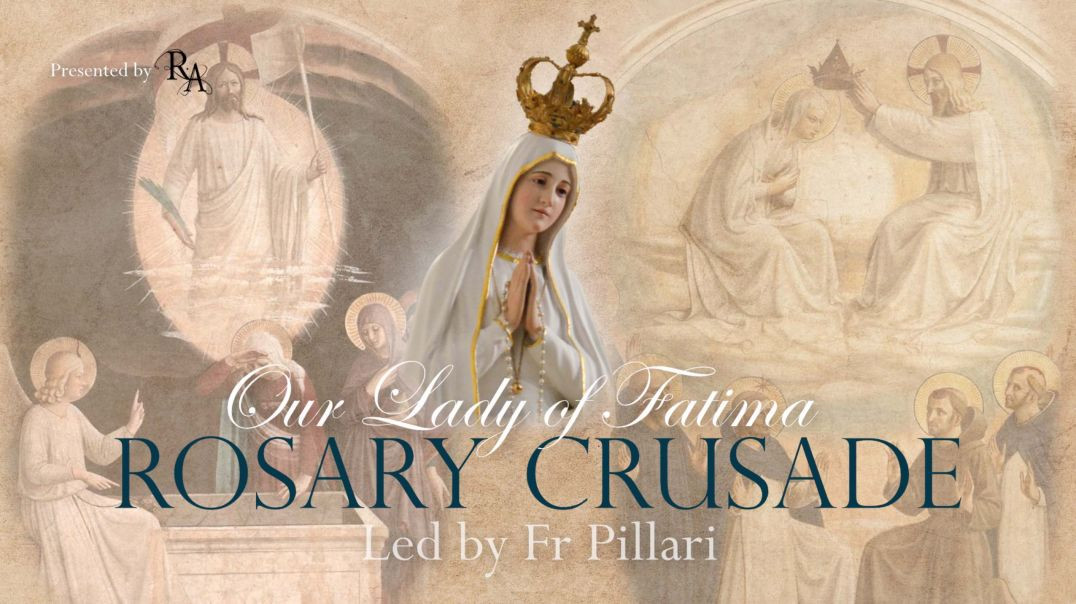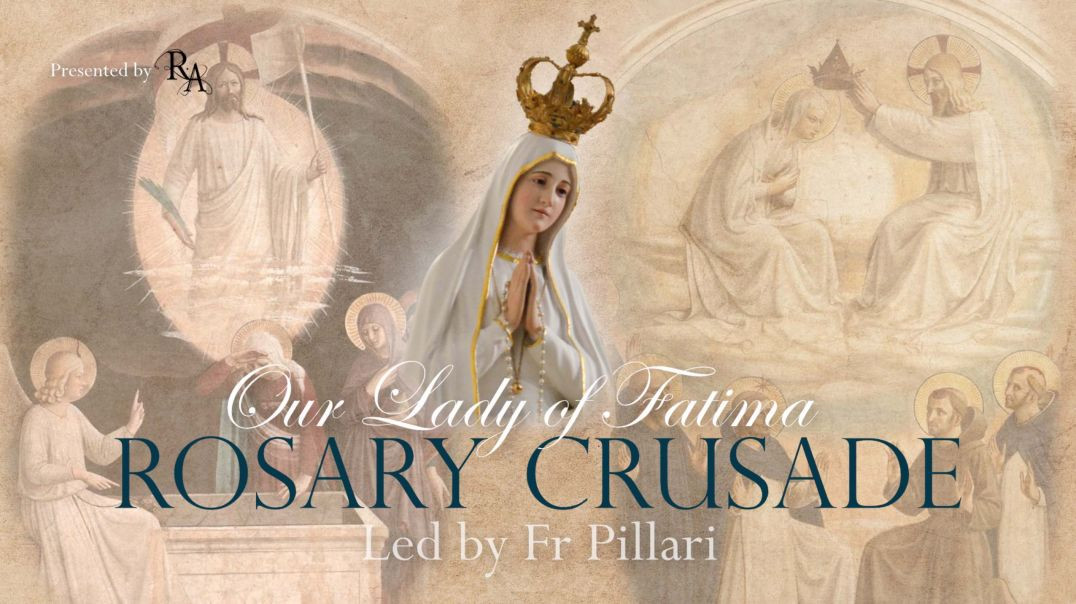Pray One Decade of the Rosary in LATIN (with a Catholic Mom)
Pray one decade of the rosary in Latin with me!
If you are new to praying the Rosary prayers in Latin (Pater Noster, Ave Maria, and Gloria Patri) pray along with me and practice! I learned little-by-little simply by praying along and practicing these prayers every day with my husband and children. My husband led the prayers and we read along and practiced the pronunciation! My hope with this video is to help you in a similar way.
Fr. Ripperger says: "If you want to be holy, pray in Latin."
- Latin is the official language of the Church. It has been used by the Church for centuries, and it expresses the faith and doctrine of the Church in a precise and unambiguous way. Latin is also a sacred language, set apart for the worship of God and the communication of His mysteries. Praying in Latin connects us with the tradition and continuity of the Church, and with the saints and martyrs who prayed in Latin before us.
- Latin is a universal language. It transcends the boundaries of time, and unites Catholics from different countries and cultures. Praying in Latin allows us to pray with one voice and one heart with our fellow Catholics around the world, and to participate more fully in the communion of saints. Latin also helps us to avoid the confusion and division that can arise from different translations and interpretations of the prayers in different languages.
- Latin is a powerful language. It has a spiritual force and authority that can resist and repel the attacks of the enemy. Fr. Ripperger explains that demons hate Latin, because it reminds them of their defeat by Christ and His Church. He also says that Latin prayers are more efficacious than vernacular prayers, because they have been approved and blessed by the Church for centuries, and because they have more merit and grace attached to them.
So how can we start praying in Latin? Fr. Ripperger suggests that we begin by learning some basic prayers, such as the Sign of the Cross, the Our Father, the Hail Mary, the Glory Be, and the Creed. We can also learn some common responses and acclamations that are used in the Mass, such as "Amen", "Et cum spiritu tuo", "Dominus vobiscum", "Gloria Patri", etc. We can then gradually progress to more complex prayers, such as the Rosary, the Divine Office, or even the Mass itself.
Thanks for watching! God bless!








![The New Catholic Land Movement [PREVIEW]](https://spiritus-tv-uploads.nyc3.cdn.digitaloceanspaces.com/upload/photos/2025/01/bIcngNziSpryDekR3SQ2_17_499dda125c4db67a32568dace307a220_image.png)













